A migratory butterfly, the Red Admiral (Vanessa atalanta) emigrates to Delaware in the spring. It is found throughout North and South America, Europe, and Asia, corresponding with the global distribution of plants in the nettle family (Urticaceae).
The males are highly territorial in scouting for females and will try to chase away even humans!
How do you identify Red Admiral butterflies?
When the adult’s wings are closed, it is instantly camouflaged by the brown on its hind wings.
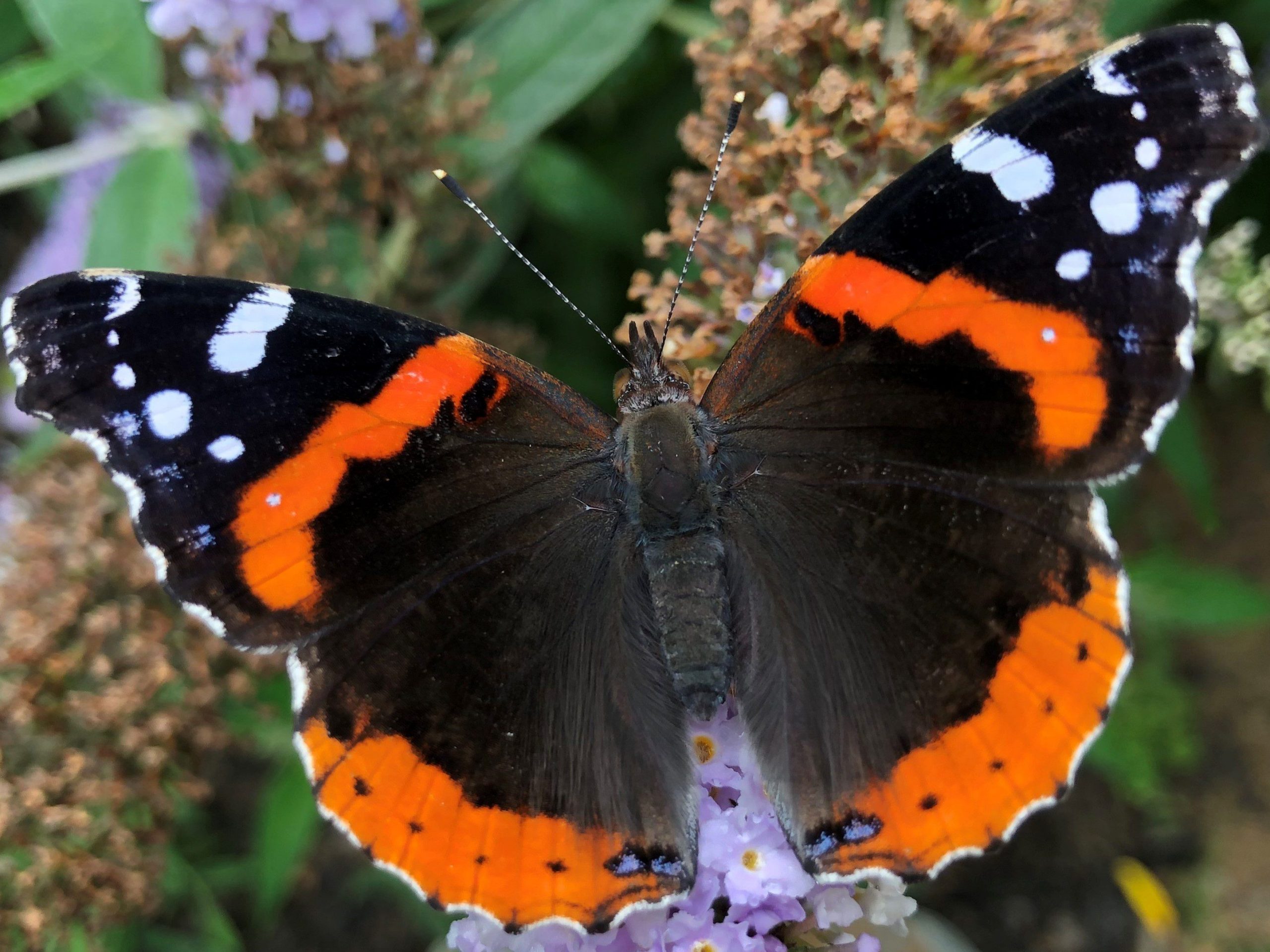
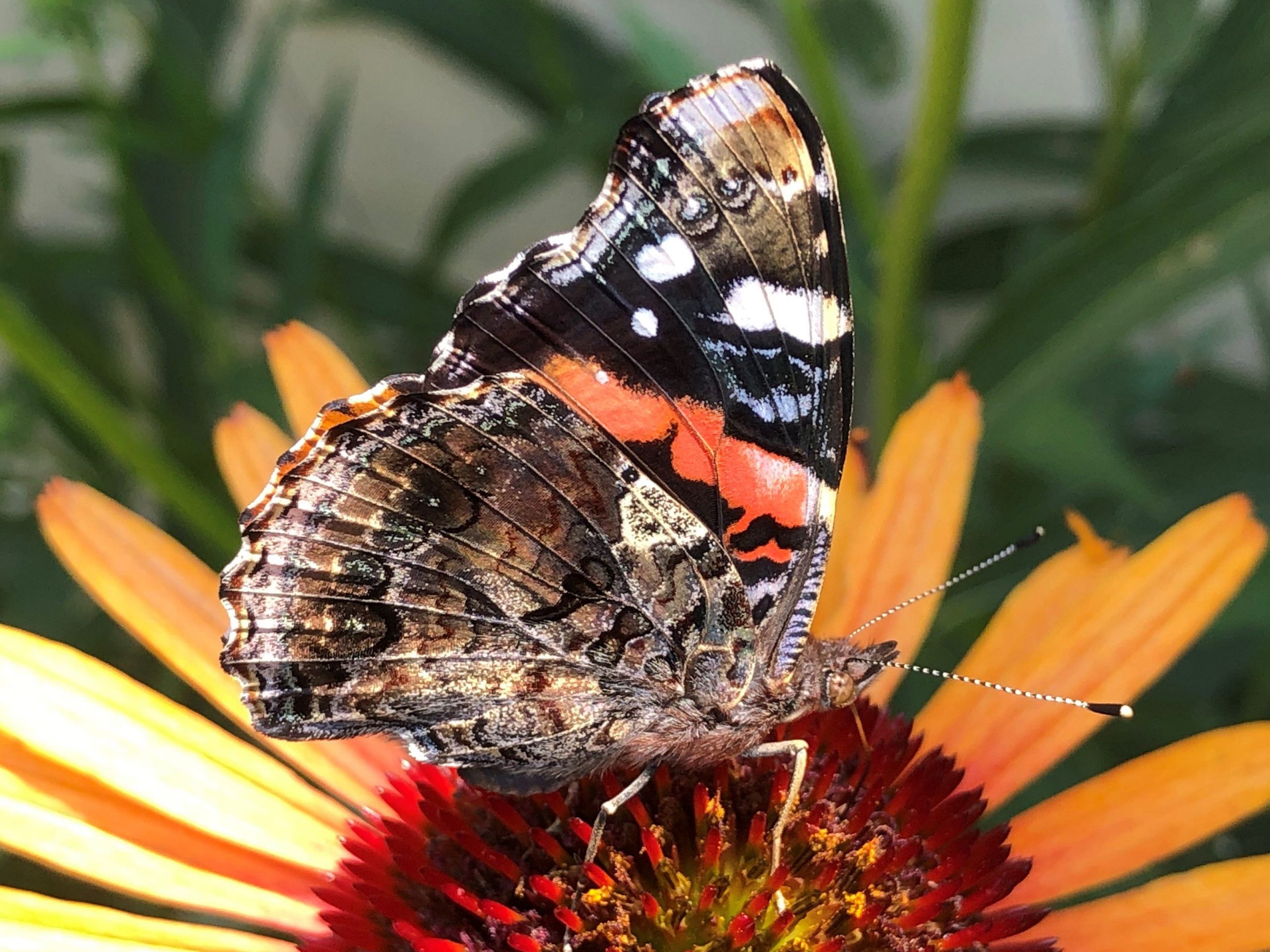
What do Red Admiral butterflies eat?
The host plant for the Red Admiral – nettles – is prolific at Ashland Nature Center, so there is a good chance of spotting this striking butterfly.
Red Admirals will feed on flower nectar but also gravitate to tree sap, fermenting fruit, and bird droppings.
If you are trying to attract them to your garden, false nettle (Boehmeria cylindrica) is a human-friendly alternative to stinging nettle.
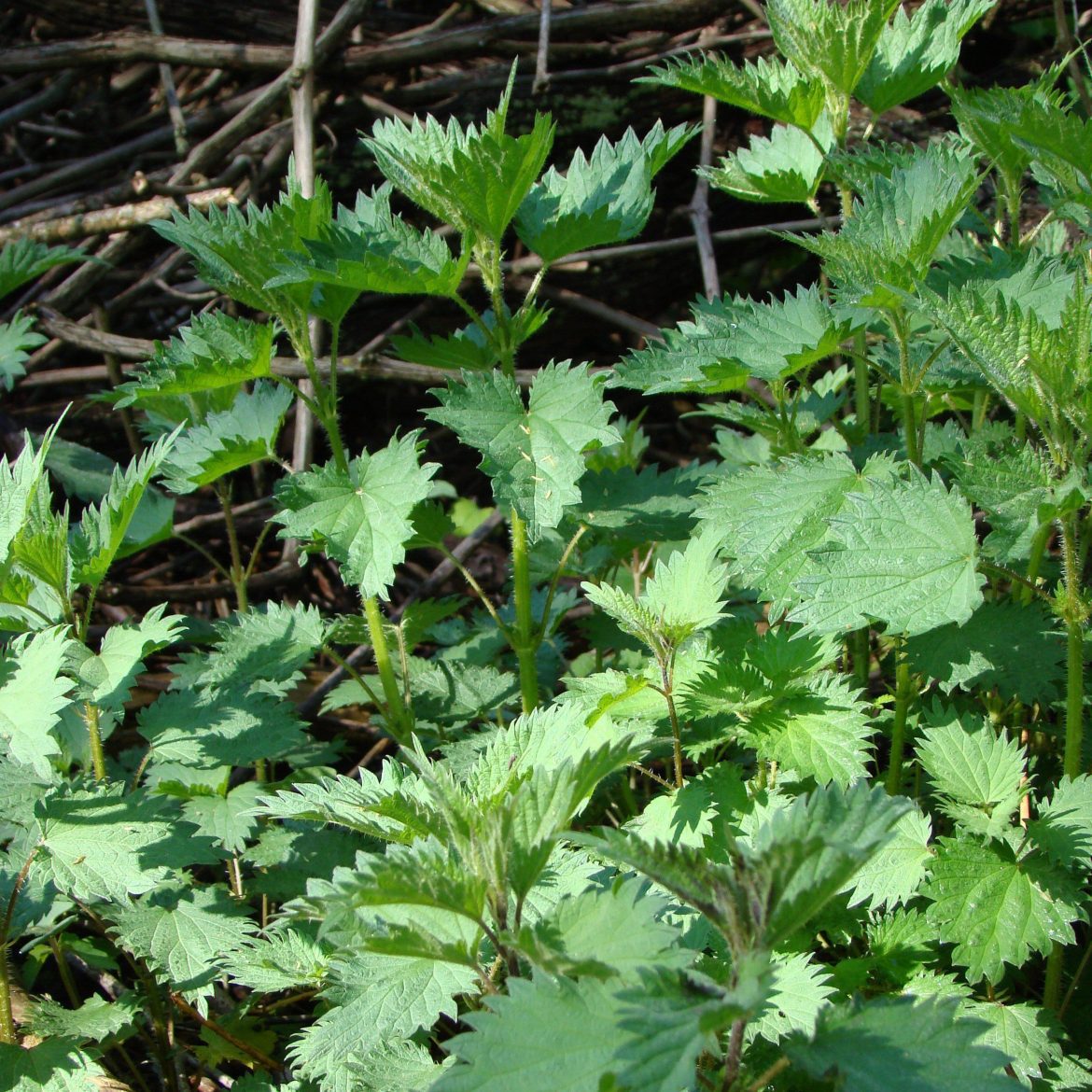
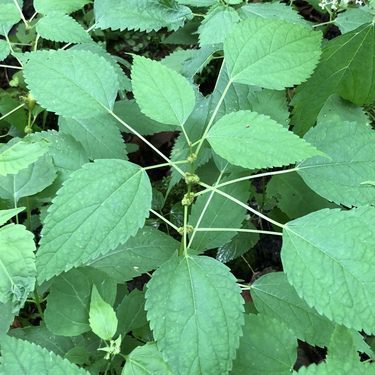
How can I find their eggs?
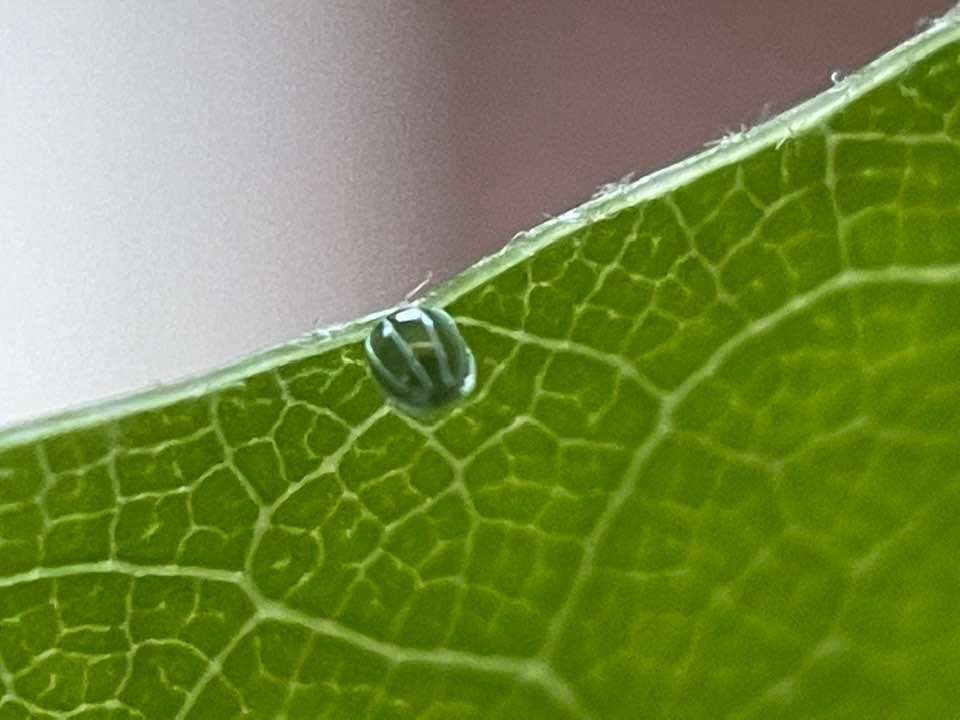
The Red Admiral lays its dome-shaped green eggs singly on the host plant.
How do you identify a Red Admiral caterpillar?
The caterpillars that emerge are spiny and live individually in shelters constructed by leaves on the host plant.
How do Red Admiral butterflies survive the winter?
Red Admirals will leave Delaware for warmer climates when winter approaches. This behavior is similar to that of the American and Painted Lady butterflies, with which it shares its genus.
Ashland Butterfly Habitat Garden for Wildlife How We Protect Wildlife